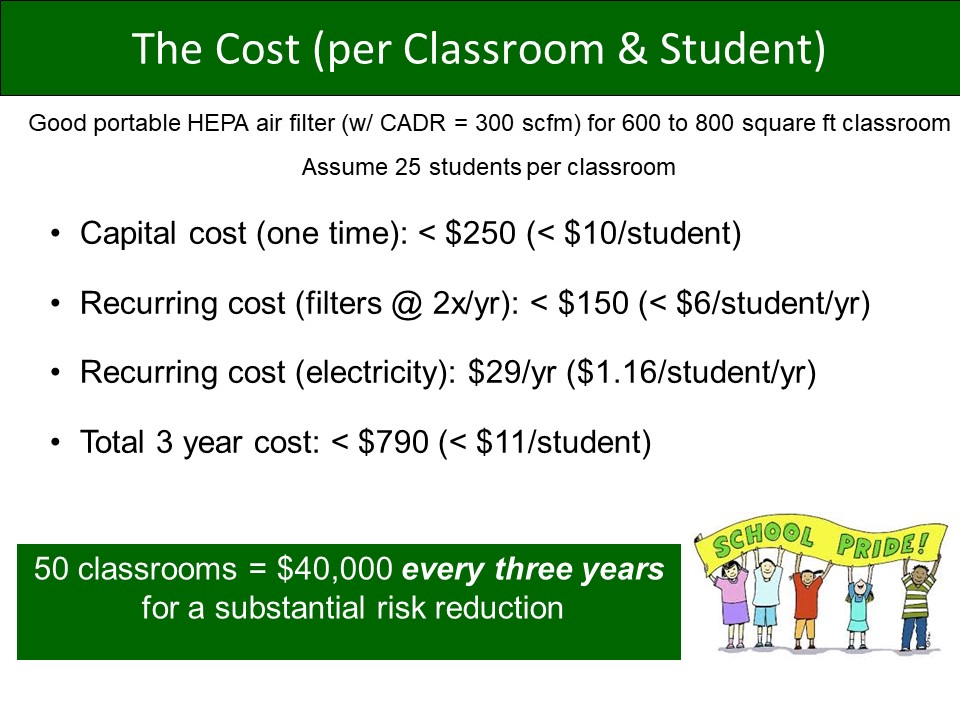
1/ Recently spoke with an official for a private multi-school organization that has large garage-door-like openings on every classroom. I was asked about ventilation with what amounts to nearly an entire wall open to the outdoors.
2/ This is similar to research that @JohnnyGrinch & I did a few years ago on ozone decay rates in residential garages in Austin. This work required simultaneous analysis of air changes per hour in garages (abstract only here)
sciencedirect.com/science/articl…
sciencedirect.com/science/articl…
3/ In 12 garages @JohnnyGrinch measured a mean of approximately 0.5 ACH in garages w/ doors closed (range from close to 0 to 0.8/hr. A limited amount of experiments were done with the door completely open.
4/ In the case of an open garage door we saw approximately 20 to 30 ACH (depends on outdoor wind conditions) w/ ozone concentration depleted by only 10% relative to outdoors (far less depletion than when door is closed), consistent with the very high ACH.
5/ This value is FAR greater than would be expected by opening a couple of windows unless fans with sufficiently high flow rates are used in the windows.
6/ Several of the garages that we tested were "in the ballpark" of volume of K-8 classrooms (somewhat smaller than typical - but not that far off). Bottom line is that in an open wall will dramatically reduce virus-laden particles in "shared" classroom air.
7/ In this case inhalation dose in close contact may still be relevant, but very likely based on ACH w/ greater dispersion of plume from source infector to close receptors.
8/ Of course it is "possible" that air flow patterns even with such high ACH might increase A to B risk, but the risk reduction from HIGH ACH should be very significant.
9/ Perhaps as we look to design of future schools we consider these relatively simple changes to promote substantial natural ventilation when it makes sense (accounting for season, location/outdoor sources) & to conserve energy, but also design for good ventilation @ other times.
10/ If there was ever a time to look to the future wrt to retrofits & design of future schools (& other buildings, from restaurants to office buildings) it should be now. We can make buildings more adaptable and healthier for people and planet. If not now, then when? Just Do It!
• • •
Missing some Tweet in this thread? You can try to
force a refresh



